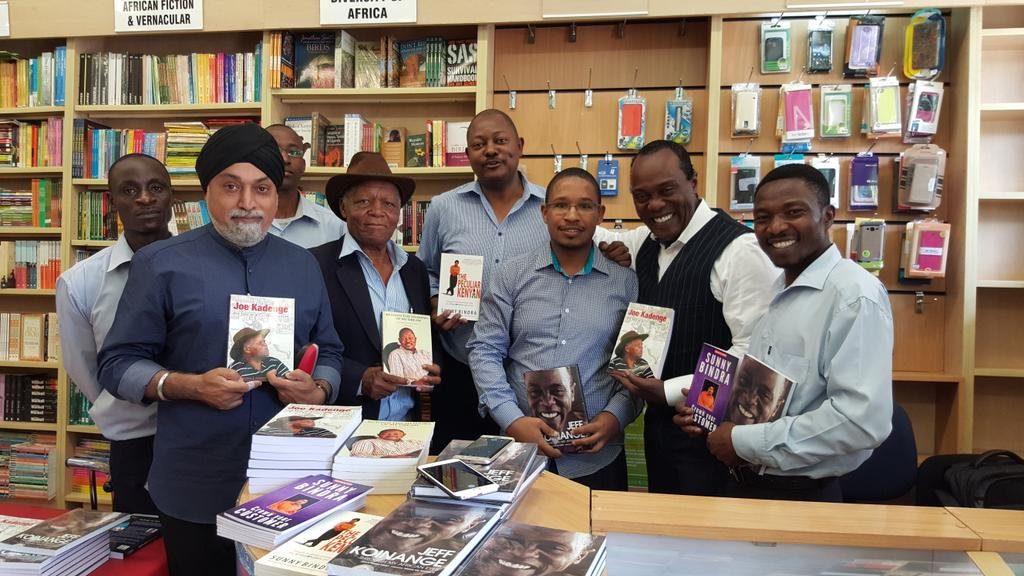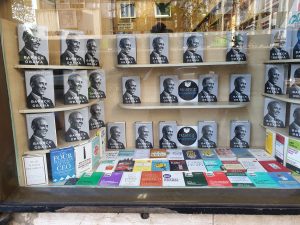John Nene’s book Joe Kadenge: The Life of a Football Legend takes the reader back to the hay days of Kenyan football, the days of ‘Kadenge na mpira’. These were the times when passion oozed from the feet of the players and into the hearts of the fans. It mattered little that they played bare feet or that the allowance they received at the time was not substantial. Neither did the fact that their hard work and dedication barely went on record deter these players from doing their best. In an interview with the author, Kadenge laments about this, “It’s such a shame that a national broadcaster like KBC have no footage of us in action.”
It is therefore fitting to say that John Nene, a sports journalist working with the BBC, has set precedence as far writing about sports in Kenya goes. His dedication of the book to ‘ Kenyan sportsmen and women and sports journalists’ may be interpreted as an invitation for more writers to continue what he has started. Hopefully, this book will begin a conversation on the necessity of archiving sports for future generations.
He traces Joe Kadenge’s football journey from where he started out in Nakuru, ‘Kenya’s football capital’ to when he joined Abaluhya and ultimately playing for the national team. In a sense, therefore, he takes us through the evolution of football since the 1950s to date. The character of Kadenge may even have been overshadowed by the detailed account of the history of Kenyan football.
Against the background of a country that was freeing itself from the shackles of colonialism, the impact of football to the social and cultural aspect of Kenyans cannot be ignored. In a chapter that Nene aptly names, The Dawn of a New Era, an important match takes place in 1963 where Kenya won the Uhuru Cup during the time when independence was gained. He remarks that, “the wind of change from colonial rule was blowing through Africa”; and this was felt in the excitement that ran throughout the country.
The highlights of the Kenyan team, most memorable among them being the Gossage Cup match against Uganda, have been documented to detail. Nene makes sure to name all the stars that reigned alongside Kadenge. Bringing these moments to life proves yet again the power that lies in writing. But it also shows the extent of loss that would have been had no one taken the crucial role to write about these moments.
Nene goes into the details of matches to the point of mentioning the number of goals scored in a match, and the exact time at which they were scored. Whereas this kind of detailed narration shows that enough research went into writing the book, it proves taxing to the reader’s mind. It happens so often in the book that it is tempting to think that the author was showing off his mastery of the sport, or even worse, that he lacked content and was just attempting to fill his pages. The promise of meeting Joe Kadenge in these pages is thwarted. His childhood, his family, his motivation throughout the years, are mentioned briefly as if they were not the main aim of writing the book.
Ultimately, this book has formed the foundation of what I would term as a ‘sports archive’. The pace has been set to put Kenya’s sports, its history and its future, into writing. In this manner, the book has served its purpose and the only hope is that other writers should take up the mantle and do much more.










